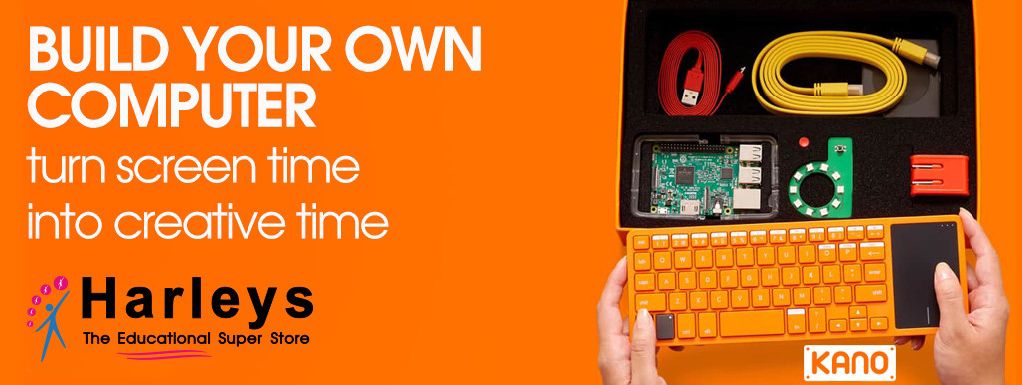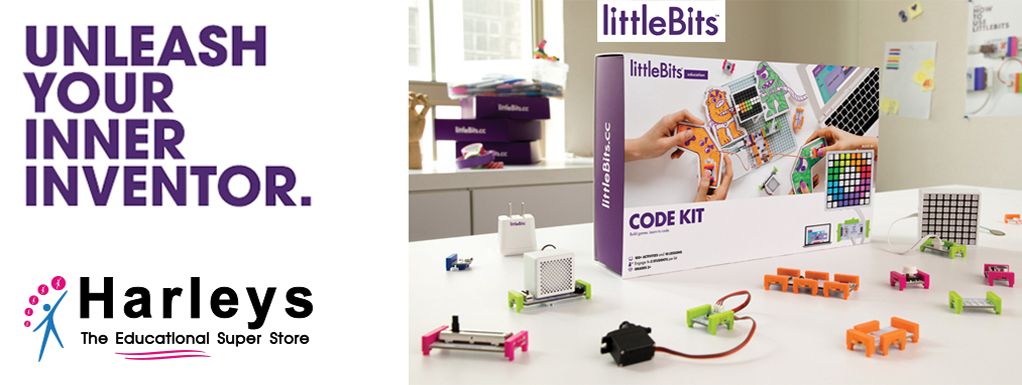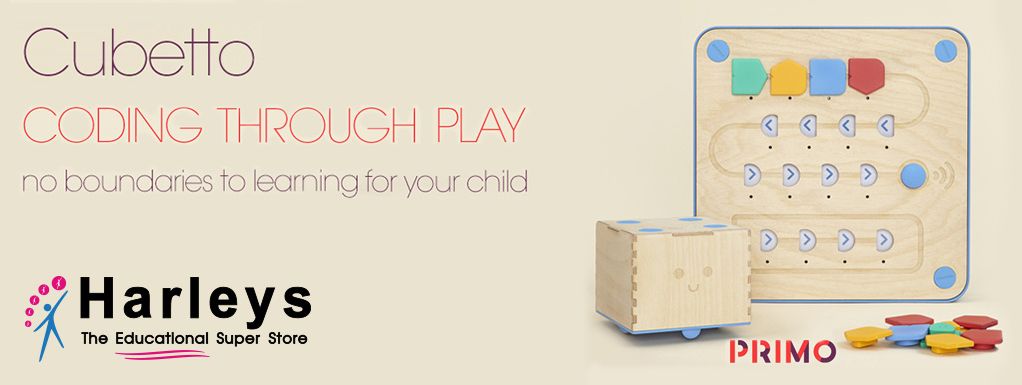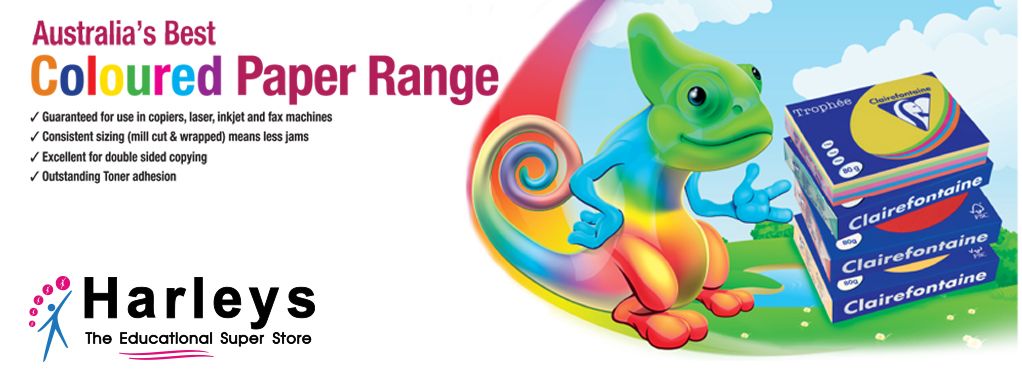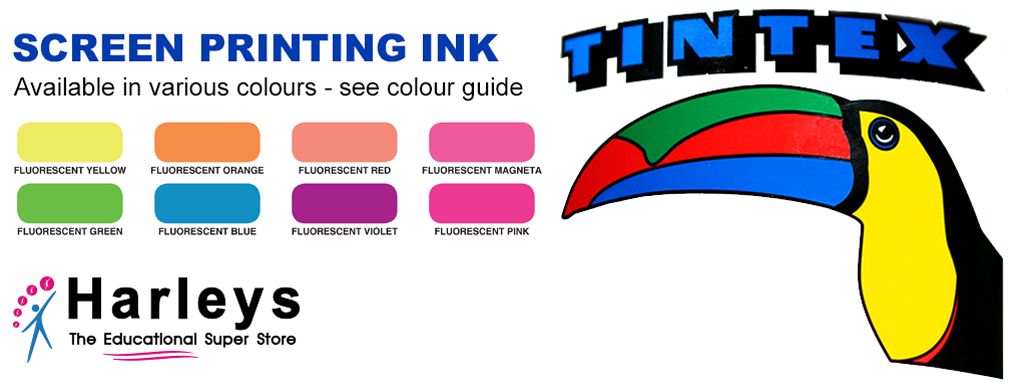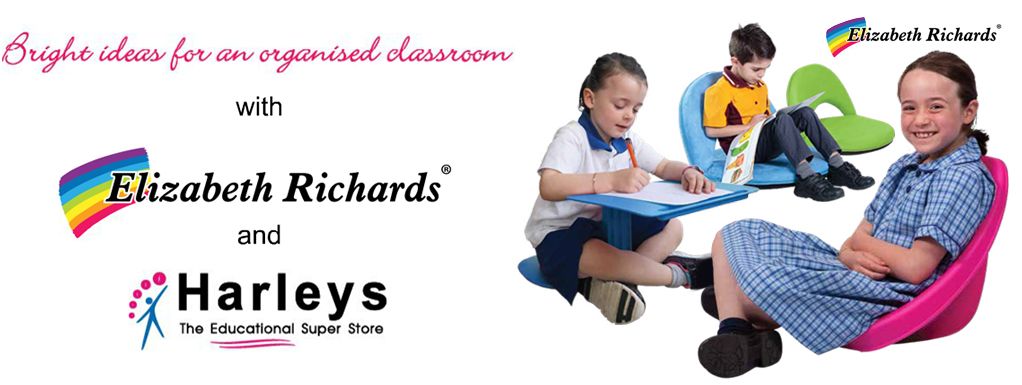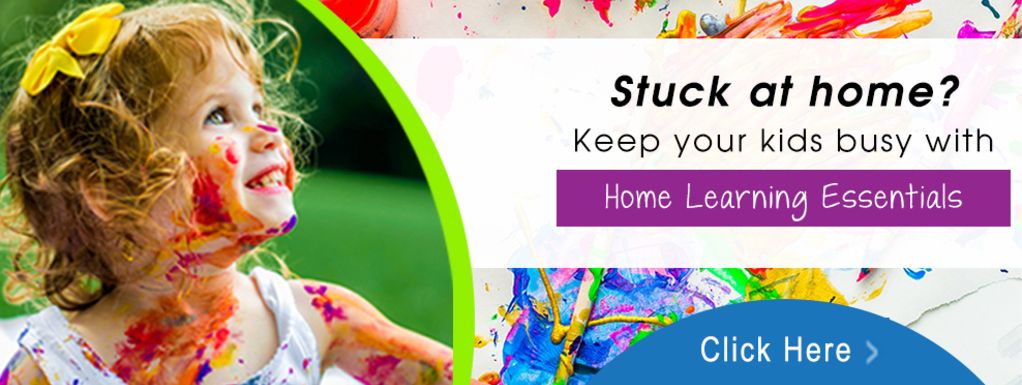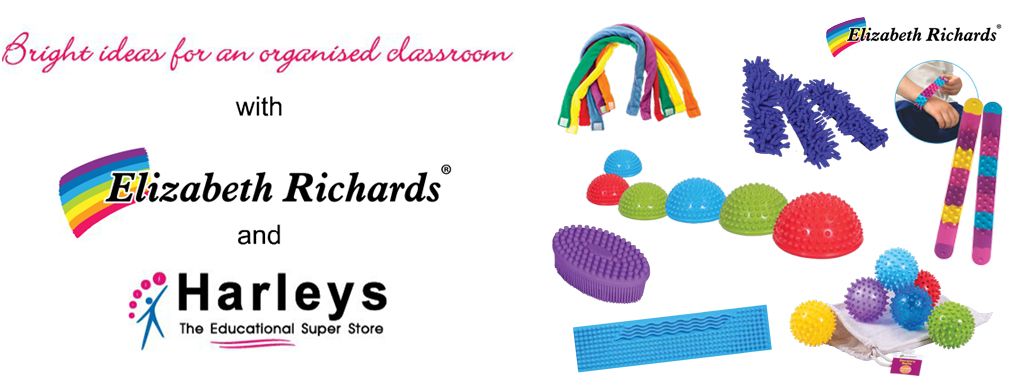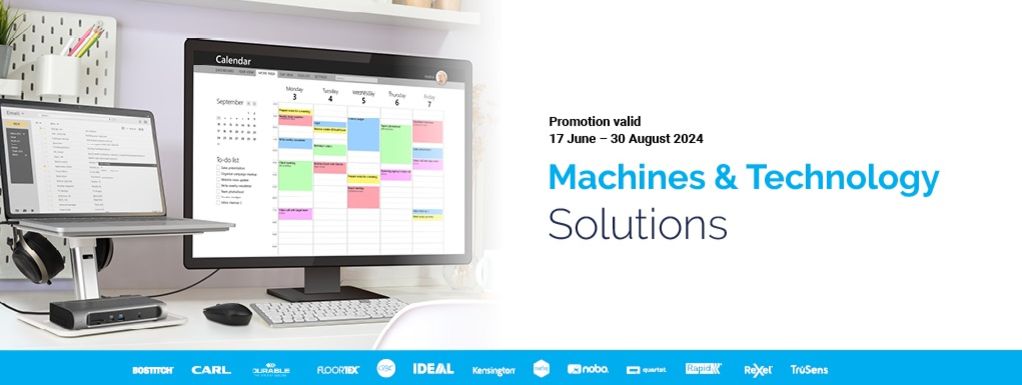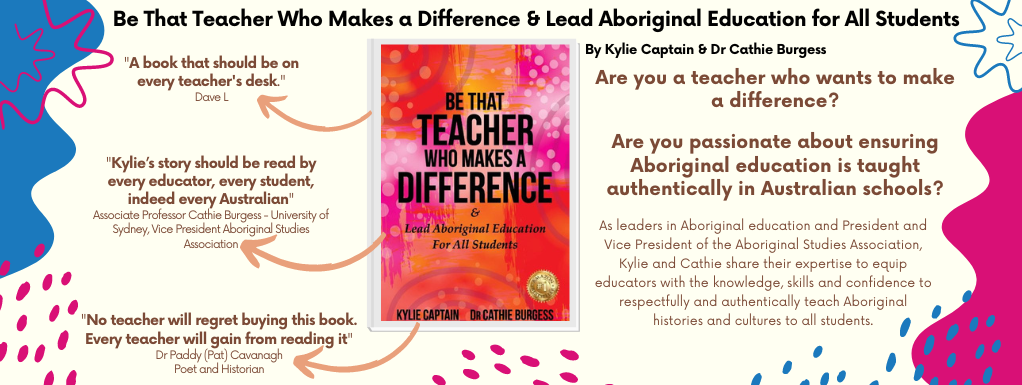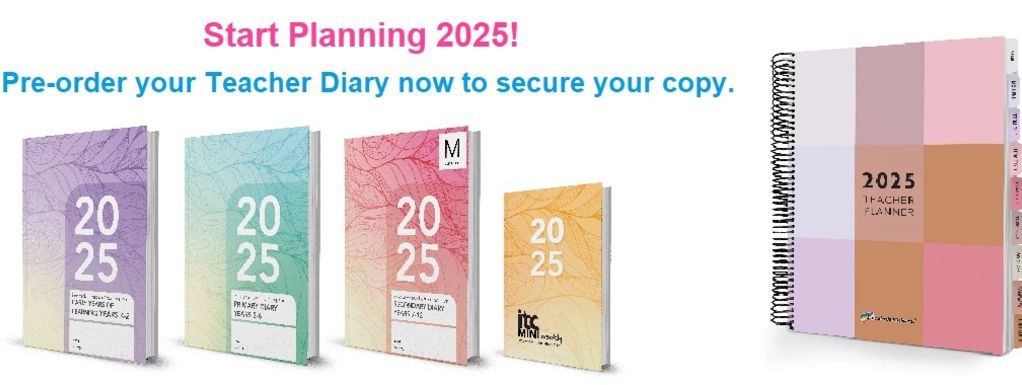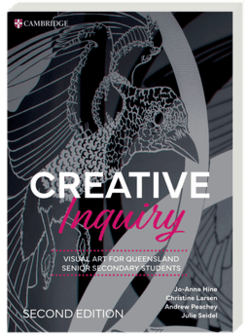Creative Inquiry has been extensively updated and revised to provide clear and detailed support for the new Visual Art syllabus. Still the perfect classroom resource, Creative Inquiry deciphers the required language, terminology and processes; provides practical information on interpreting the syllabus; and empowers students to confidently meet the requirements of their assessments, including the external exam.
- All syllabus requirements are clearly addressed, and new content and case studies provide a variety of options for covering the revised syllabus.
- Key syllabus terminology is defined in the glossary and in margin definitions throughout the text.
- New case studies provide compelling sources for students as they explore Art as Lens, Art as Code, Art as Knowledge, and Art as Alternate.
- Contemporary local artists and recent artworks, including numerous First Nations artists among many other diverse perspectives, illustrate the diversity of 21st century art and practices and provide a comprehensive overview of Queensland contemporary art.
- New graphic organisers in every case study demonstrate the interrelationships between the four contexts (contemporary, personal, cultural, and formal). Sample student responses to the case studies use imagery and artist statements to illustrate how students might apply these four contexts and inquiry learning in their own work.
- Digital overview and assessment advice chapters include guidance and model examples on how to conduct research, how to organise and respond to stimulus material, and how to approach inquiry activities. Particular focus is given to the key characteristics of a resolved artwork identified in the revised syllabus to help teachers and student s better understand what is required. These characteristics are explored in this new edition, along with examples of how to annotate a resolved artwork.
- New multimodal, interactive case studies embed audio-visual or performance artworks to provide an immersive learning experience, while a wide range of additional videos provide rich support for the content and case studies in the print text.
- Additional downloadable teacher support materials are provided at no extra cost and include teacher guidance and advocacy documents, additional activities, posters and PowerPoint presentations.
Contents:
Overview and assessment advice (digital-only)
1. Essential knowledge (digital-only)
2. How to make and communicate meaning through art (digital-only)
3. Responding to art (digital-only)
4. Assessment (digital-only)
Unit 1: Art as lens
5. A lens to explore the material world
6. How artists explore ideas, knowledge, media, and processes
Unit 2: Art as code
7. Visual language is capable of expressing complex ideas
8. Art as a coded visual language
Unit 3: Art as knowledge
9. Constructing knowledge as artist and audience
10. Communicating knowledge in contemporary practice
Unit 4: Art as alternate
11. Creating alternate meanings
12. Alternate approaches in contemporary practice
Contents subject to change prior to publication
